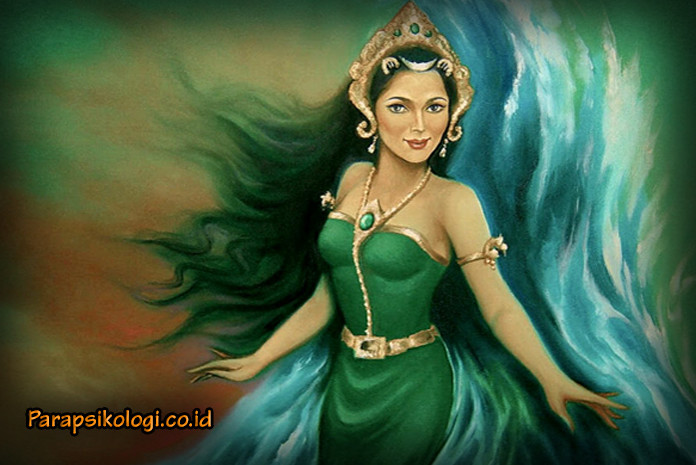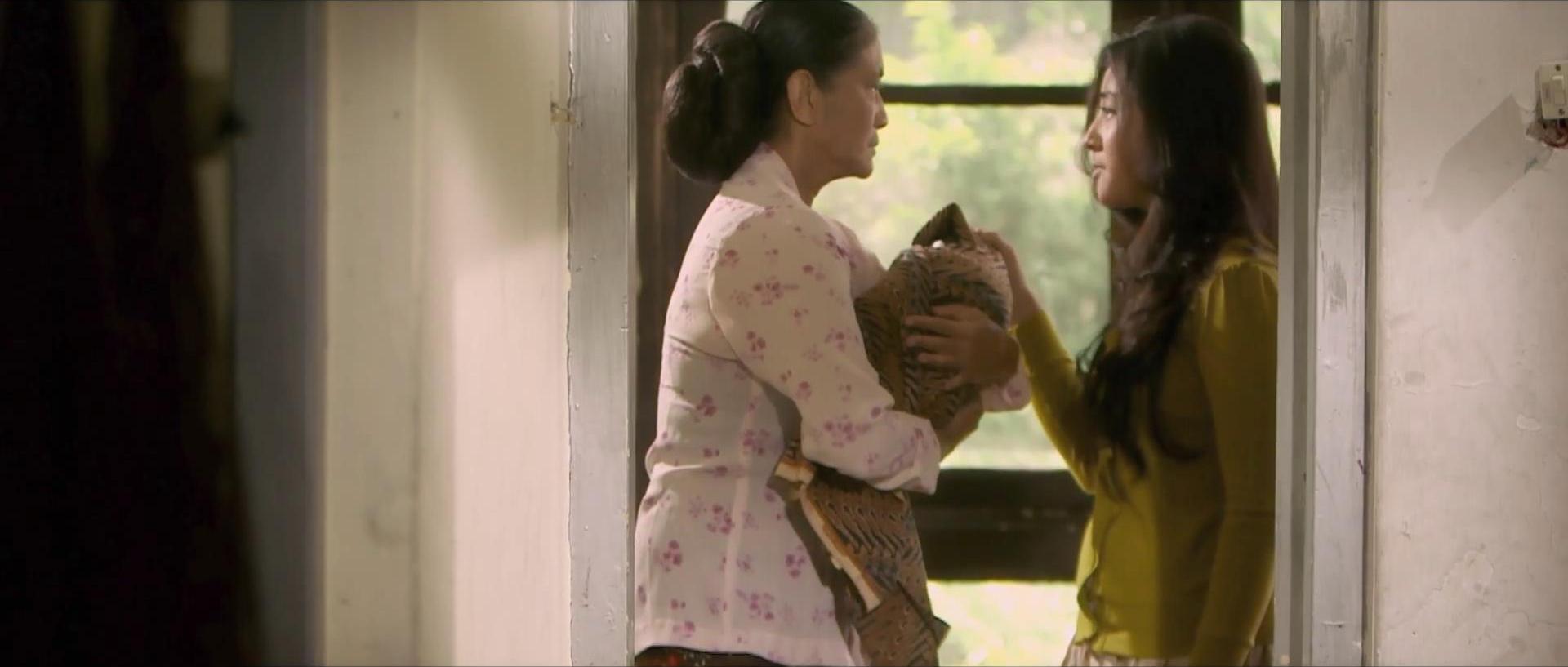
She is often describes wearing clothes or selendang (silky sashes) in this color.Īlthough her legends are mostly linked to the 16th century Javanese Mataram Sultanate, the older manuscript traced her legendary origin to the era of the Sundanese kingdom of Pajajaran and the legend of the ill-fated princess Kadita. Īnother pervasive part of folklore surrounding her is the color aqua green, gadhung m'lathi in Javanese, which is favored and referred to by her and is thus forbidden to wear along the southern coast of Java. Her literal positioning is considered as corresponding to the Merapi- Kraton- South Sea axis in the Solo Sultanate and Yogyakarta Sultanate. Sometimes she is referred as one of the spiritual queens or wives of the Susuhunan of Solo or Surakarta and the Sultan of Yogyakarta.

Nyai Loro Kidul in a significant amount of the folklore that surrounds her – is in control of the violent waves of the Indian Ocean from her dwelling place in the heart of the ocean.
Video film susuk nyi roro kidul full#
Sultan Hamengkubuwono IX of Yogyakarta described his experience on spiritual encounters with the spirit Queen in his memoire the queen could change shapes and appearance, as a beautiful young woman usually during full moon, and appear as an old woman at other times. Another aspect of her mythology was her ability to change shape and her appearance several times a day. The role of Nyai Loro Kidul as a Javanese Spirit-Queen became a popular motif in traditional Javanese folklore and palace mythologies, as well as being tied in with the beauty of Sundanese and Javanese princesses. According to local popular beliefs around coastal villages on Southern Java, the Queen often claims lives of fishermen or visitors that bathe on the beach, and she usually prefers handsome young men. The mythical creature is claimed to be able to take the soul of any who she wished for. Nyai Roro Kidul is often illustrated as a mermaid with a tail as well as the lower body parts of a fish. Old-Javanese rara evolved into the New Javanese lara, written as lårå, (means ill, also grief like heartache, heart-break).ĭutch orthography changed lara into loro (used here in Nyai Loro Kidul) so the word play moved from beautiful girl to a sick one – Old Javanese Nyi Rara and the New Javanese Nyai Lara. The Javanese word loro literally means two – 2 and merged into the name of the myth about the Spirit-Queen born as a beautiful girl or maiden, in Old Javanese rara, written as rårå, (also used as roro). In her mermaid form, she is referred to as Nyai Blorong. People who invoke her also call her Eyang (grandmother). Many Javanese believe it is important to use various honorifics when referring to her, such as Nyai, Kanjeng, and Gusti. The royal house of Keraton Surakarta referred to her as Kanjeng Ratu Ayu Kencono Sari. Other names include Ratu Laut Selatan ("Queen of the South Sea," meaning the Indian Ocean) The Sundanese folk tale tells of Dewi Kadita, the beautiful daughter of the Sunda Kingdom in Western Java.

Nyai Loro Kidul spirit has many different names, which reflect the diverse stories of her origin in different sagas, legends, myths and traditional folklore.


 0 kommentar(er)
0 kommentar(er)
